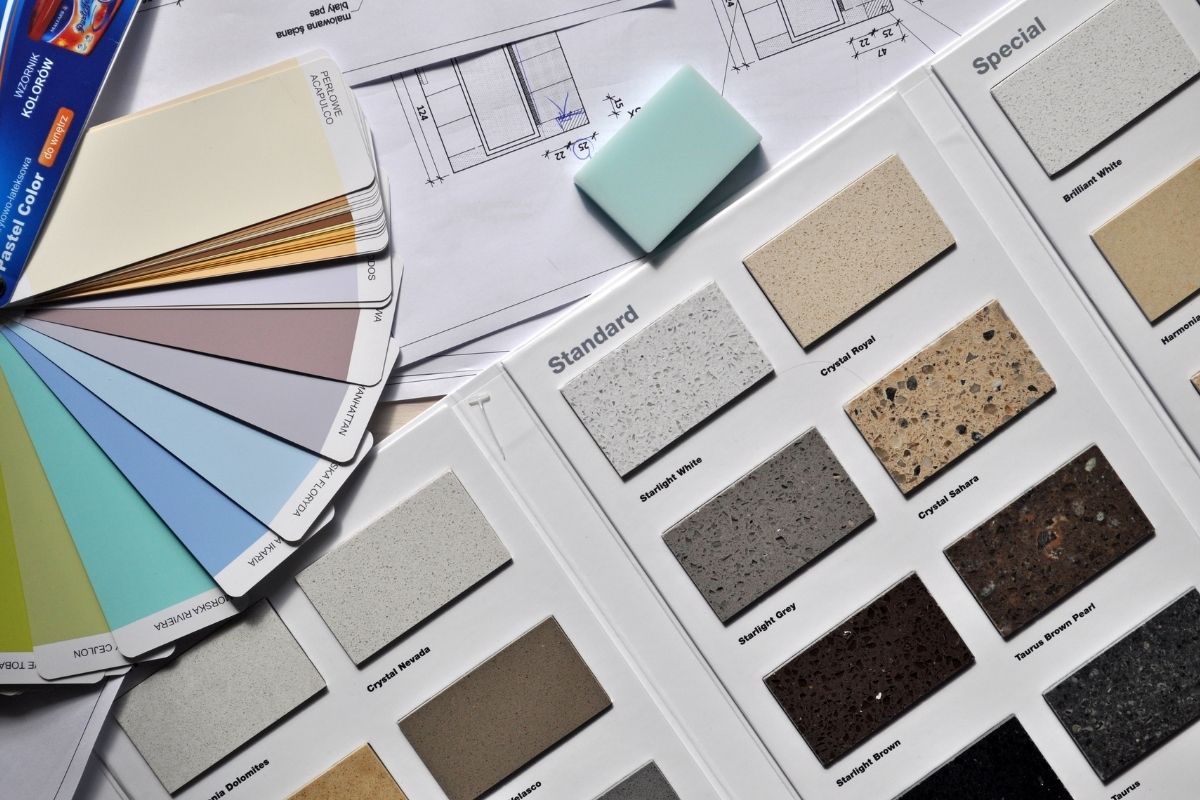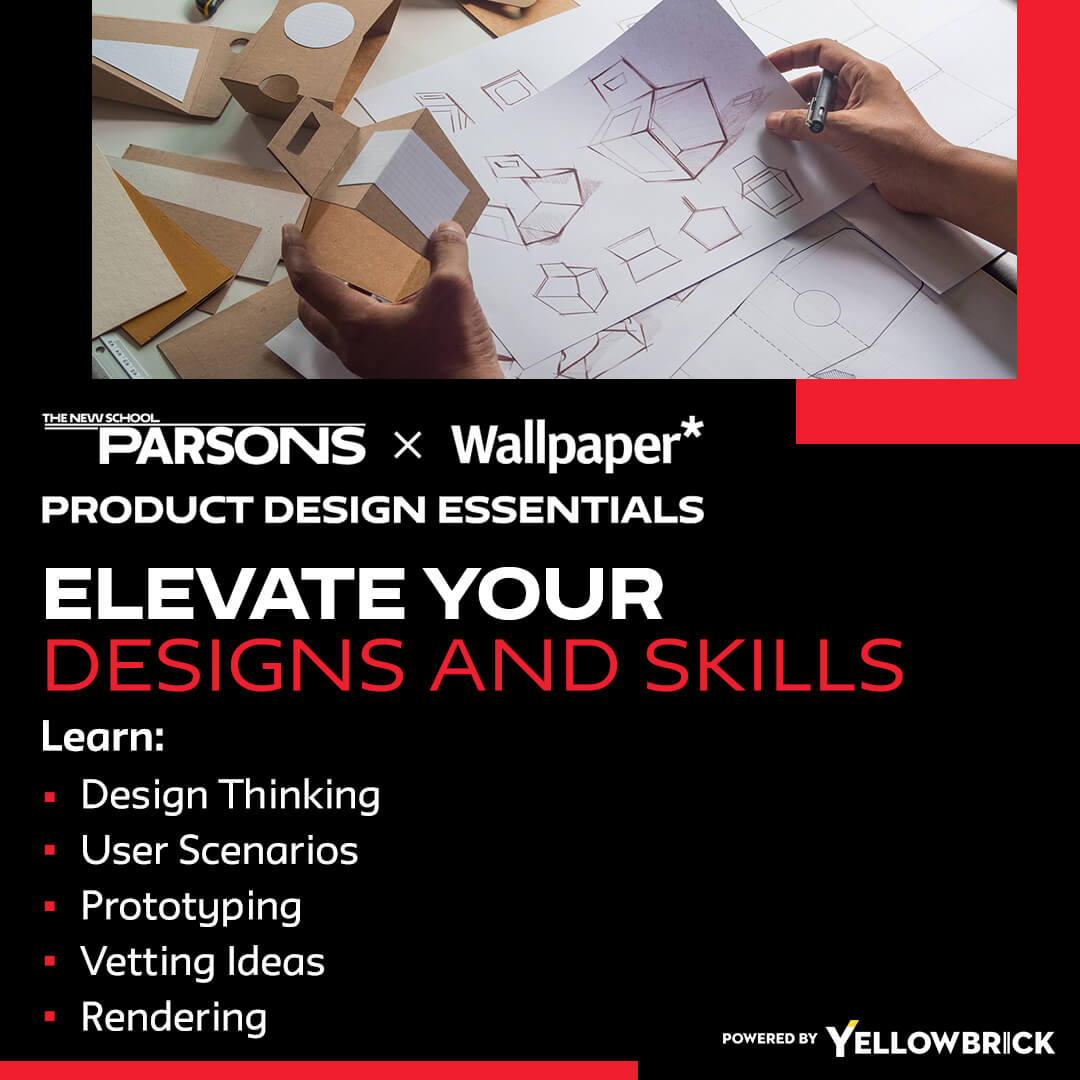How Did UX Develop from the 1940s to the 1960s?

Let’s think about UX design in the 1940s with Toyota and the Japanese automobile industry. This was a revolutionary milestone in the history of UX because it was the first time that the human input was taken into account throughout the entire development of these autos. Toyota designed his factories around the principle of optimizing the working environment by adding human input. In online UX design education today, we’d call that usability testing.
He was so conscious of the value of the human input that he would even allow the employers to suddenly stop the supply chain if they had some feedback about something to improve the workflow. Again, it was usability testing at its finest.
Moving on to the 1950s, we come to Henry Dreyfuss. He’s basically famous for his statement “Designing for people.” Dreyfuss was an American industrial designer who designed iconic products. Even though they’re iconic, you might not know about them or why they’re relevant to our history and today’s lifestyle. Examples include the Hoover vacuum cleaner, the tabletop telephone and the Royal Typewriter, including the deluxe model for companies.
For him, the focus of UI design was the point of contact between the product and the human being who was interacting with it. If there was some sort of friction in this interaction, then the design was completely bad and unsuccessful. However, if the point of contact — the interaction between the user and the product — was memorable, easy or happy, then that was a success. It was a particularly successful UI experience and design if it prompted the user to buy more.
Continuing into the 1960s, Walt Disney was a key figure. Disney is considered one of the very first UX designers without even owning that title. He was a visionary who envisioned a world in which the latest technology could improve human lives. He was obsessed with creating magical, immersive, authentic and seamless experiences. That was how Disney World started.


